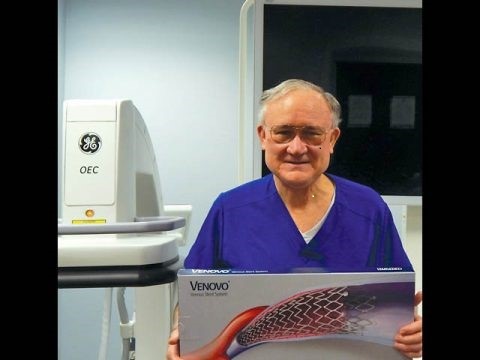 The Trump Administration and the Centers for Medicare & Medicaid Services (CMS) issued a notice of proposed rulemaking Nov. 12 to strengthen the fiscal integrity of the Medicaid program and help ensure that state supplemental payments and financing arrangements are transparent and consistent with all applicable statutory requirements.
The Trump Administration and the Centers for Medicare & Medicaid Services (CMS) issued a notice of proposed rulemaking Nov. 12 to strengthen the fiscal integrity of the Medicaid program and help ensure that state supplemental payments and financing arrangements are transparent and consistent with all applicable statutory requirements.
The proposed Medicaid Fiscal Accountability Rule (MFAR) would take historic steps to ensure transparency in Medicaid payments and clamp down on impermissible financing arrangements to ensure that federal Medicaid dollars are spent in ways that support the direct needs of Medicaid beneficiaries. The proposed rule aims to strengthen accountability, increase transparency of Medicaid payments, and improve program integrity to ensure the Medicaid program is sustainable for future generations.
“We have seen a proliferation of payment arrangements that mask or circumvent the rules where shady recycling schemes drive up taxpayer costs and pervert the system,” said CMS Administrator Seema Verma. “Today’s rule proposal will shine a light on these practices, allowing CMS to better protect taxpayer dollars and ensure that Medicaid spending is directed toward high-value services that benefit patient needs.”
States often make additional payments to providers above the normal reimbursement for billed services. Oversight agencies, including the Government Accountability Office (GAO) and Office of Inspector General (OIG), have recommended changes to better oversee and understand these Medicaid supplemental payments, which have steadily increased from 9.4 percent of all other Medicaid payments in FY 2010 to 17.5 percent in FY 2017. The proposed rule will address several additional areas of program vulnerabilities while clarifying existing financial policies. The proposed rule would establish new requirements for states to report provider-level information on Medicaid supplemental payments, responding to calls from oversight organizations to increase transparency.
CMS is aware of numerous schemes states have used that are not consistent with federal statute. Some examples include states that generate extra payments for private nursing facilities that enter into arrangements with local governments to bypass tax and donation rules, and the use of a loophole to tax managed care entities 25 times higher for Medicaid business than for similar commercial business. States can then use that tax revenue to generate additional payments, with no commiserate increase in state spending.
Many of the vulnerabilities in Medicaid financing arise from high risk financing mechanisms that states have used, or sought to use, to finance the state portion of Medicaid payments. These include intergovernmental fund transfers, certified public expenditures, provider taxes, and provider donations that provide additional payments to institutions with no clear link to improving care for patients. The proposed rule would provide clearer guidance on the law to states and other stakeholders, help close regulatory loopholes, and improve reporting to help CMS ensure that states fund their share of payments to providers through only permissible sources and with methodologies that comport with statutory requirements and align with Medicaid program goals.
The proposed rule would also clarify Medicaid financing definitions by proposing new regulatory definitions for Medicaid “base” and “supplemental” payments, which would allow CMS to better monitor and enforce statutory requirements around the non-federal share of Medicaid expenditures and regulatory requirements for upper payment limits. It would also clarify definitions and processes associated with provider ownership categories to close loopholes that have allowed states to attempt to inappropriately fund their share of Medicaid expenditures and to be more consistent with the statute.
To ensure payment arrangements align with both state and federal Medicaid program goals, states would also be required to sunset supplemental payments and tax waivers after no more than three years, with the option to request renewal.
Comments on the proposals will be due 60 days from the release of the NPRM. VTN
To view a summary of the proposed changes, visit Medicaid.gov at: https://www.medicaid.gov/federal-policy-guidance/downloads/reg111219.pdf
For a copy of Administrator Verma’s November 12, 2019 speech at the National Association of Medicaid Directors conference, click here: https://www.cms.gov/newsroom/press-releases/cms-administrator-seema-vermas-speech-national-association-medicaid-directors-washington-dc
For more information, you can refer to the fact sheet here: https://www.cms.gov/newsroom/fact-sheets/fact-sheet-2019-medicaid-fiscal-accountability-regulation-mfar



